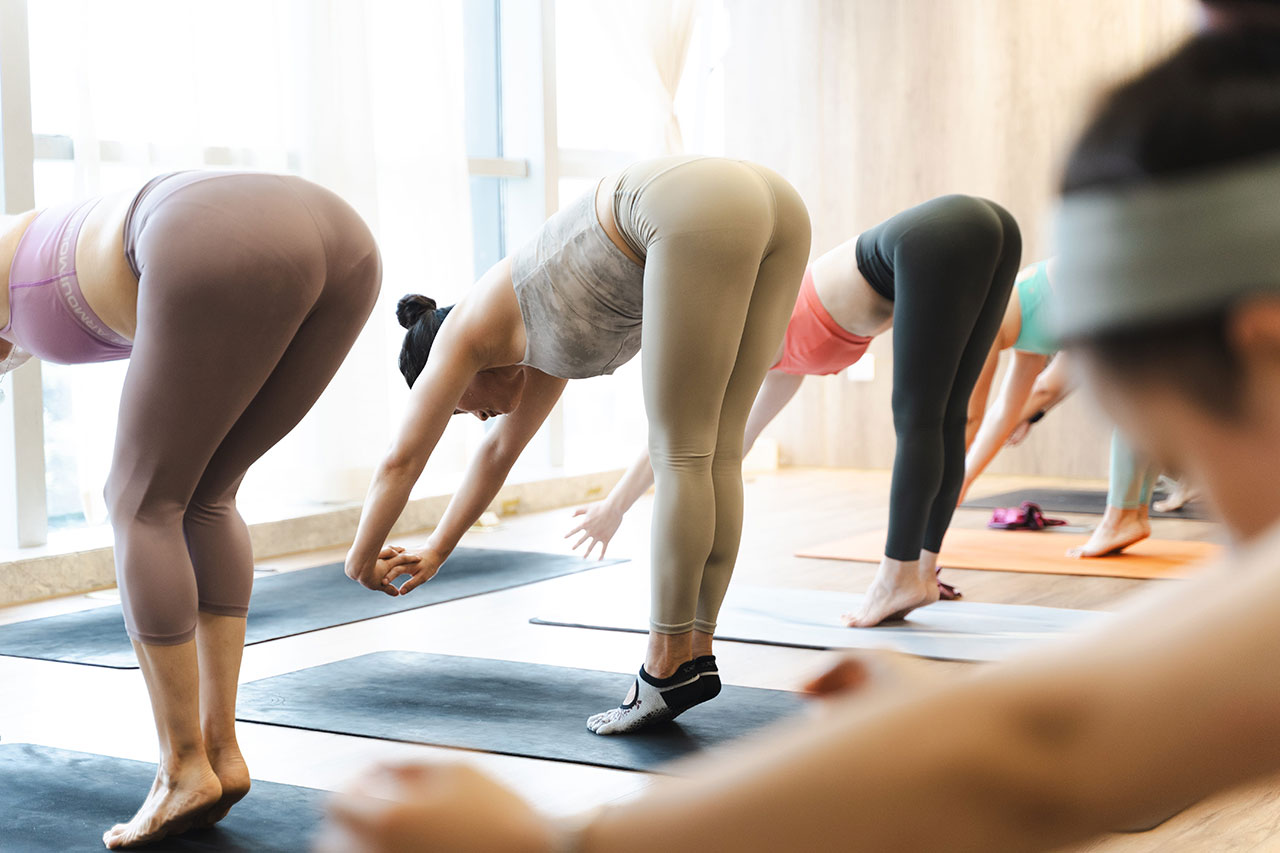With its soaring popularity, you’ve likely heard of hot yoga but perhaps have felt too intimidated to give it a try. Also known as Bikram yoga, hot yoga involves performing a standardized sequence of 26 traditional yoga poses in a heated room between 95-105°F with humidity around 40%. While the heat intensifies the workout, the benefits of improved flexibility, toxin release, and stress relief can be immense. This beginner’s guide will walk you through what to expect during your first hot yoga experience and tips to make the most out of the practice.
Table of Contents
You may also want to know: How to Start a Yoga Practice
Arrive Early and Hydrated
Show up to class 20-30 minutes early, especially for your first few sessions. This gives time to check in, rent or set up your mat, meet the instructor, acclimate to the warmer temperature, and get hydrated. Drink at least 24 ounces of water pre-class and hydrate well all day. The heat makes you sweat profusely, so proper hydration is vital. Cooler lobbies offer water and resting space before class.
Understand the Heat Purpose
The extreme heat serves several beneficial purposes. First, it warms up muscles quicker, increasing flexibility, and range of motion and reducing strain. Second, it intensifies calorie and toxin burning through heavy sweating. The heat also sharpens focus on breath and presence as discomfort sets in. Beginners should know that heat facilitates the practice rather than just making it tougher.
Dress Minimally
In the hot studio, minimal, breathable attire is best. Form-fitting shorts and sports bras allow the body to release heat instead of trapping it against the skin. Cotton tanks and shorts often become heavy with sweat. Avoid baggy clothes that could impair the view of your alignment or get tangled in poses. Light colors also better reflect heat. Less is more.
Bring Essentials
A basic hot yoga setup includes just your mat, water, a small towel, and a yoga strap if needed. Mats provide a non-slip surface as hands and feet sweat. A towel keeps moisture off your face and hands. Avoid bigger bags and accessories that clutter the studio. An elastic hair tie pulls long hair off your shoulders and neck.
Start Near an Exit
Since the heat intensity can surprise beginners, scope out open spaces near the door where the breeze comes in. This allows you to slip out discreetly for fresh air if overheated before acclimating. Adjusting to the temperature takes time. Stand near a fan or open back area for relief.
Match Poses to Your Level
Most hot yoga classes follow a set sequence but don’t push into postures beyond your current ability. Listening to your body prevents strain. Use props like blocks and straps to modify poses more safely. Match the intensity of class veterans when positions feel comfortable. Build up heat tolerance slowly.
Breathe Deeply and Steadily
The biggest beginner mistake is holding your breath in the hot room. Remember to inhale and exhale fully, using a calm nasal breathing pattern rather than panting. Deep ujjayi breathing prevents hyperventilation while maximizing oxygenation. Focused breathing also directs attention inward during discomfort.
Maintain Smooth Movements
Conserve energy by moving slowly and steadily between poses rather than rushing. Flow gently through the sequence using the breath-to-time transitions. Avoid sudden movements that spike heart rate. Find stillness in each posture and smooth transitions help manage exertion in the intense heat.
Rest When Needed
There is no shame in taking a child’s pose break if you feel dizzy or nauseated. Heat and exertion can catch up quickly. Listen to your body and rest in child’s pose as needed to avoid fainting or sickness. Notify the teacher discreetly and leave the room if you must. Pushing excessively hard heightens injury risk.
Replenish After Class
You’ll lose electrolytes through major sweating, so replenish with coconut water or sports drinks after class. Water alone won’t restore salts and minerals. Also, eat a snack or meal within an hour to recover energy reserves, and be sure to continue enhanced hydration. Hot yoga requires fueling up properly afterward.
While daunting at first, hot yoga offers incredible benefits for the body and mind with practice. Allow time to adapt to the heat and build up slowly over successive sessions. Following the tips above will help you stay comfortable, focused, and receptive so you can thrive during your hot yoga journey. Get ready to sweat out stress and move more freely!
Related Links:
https://en.wikipedia.org/wiki/Yoga
